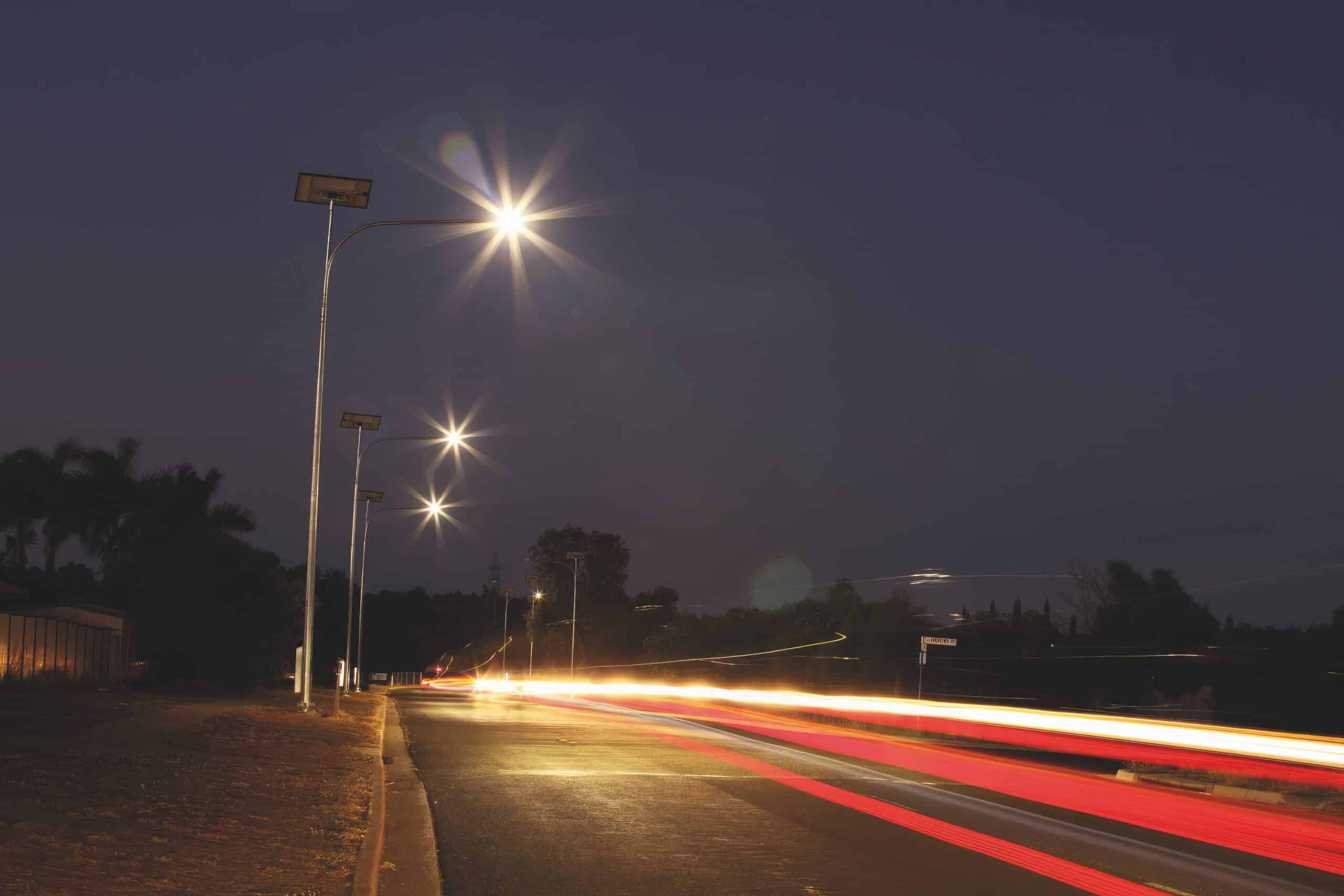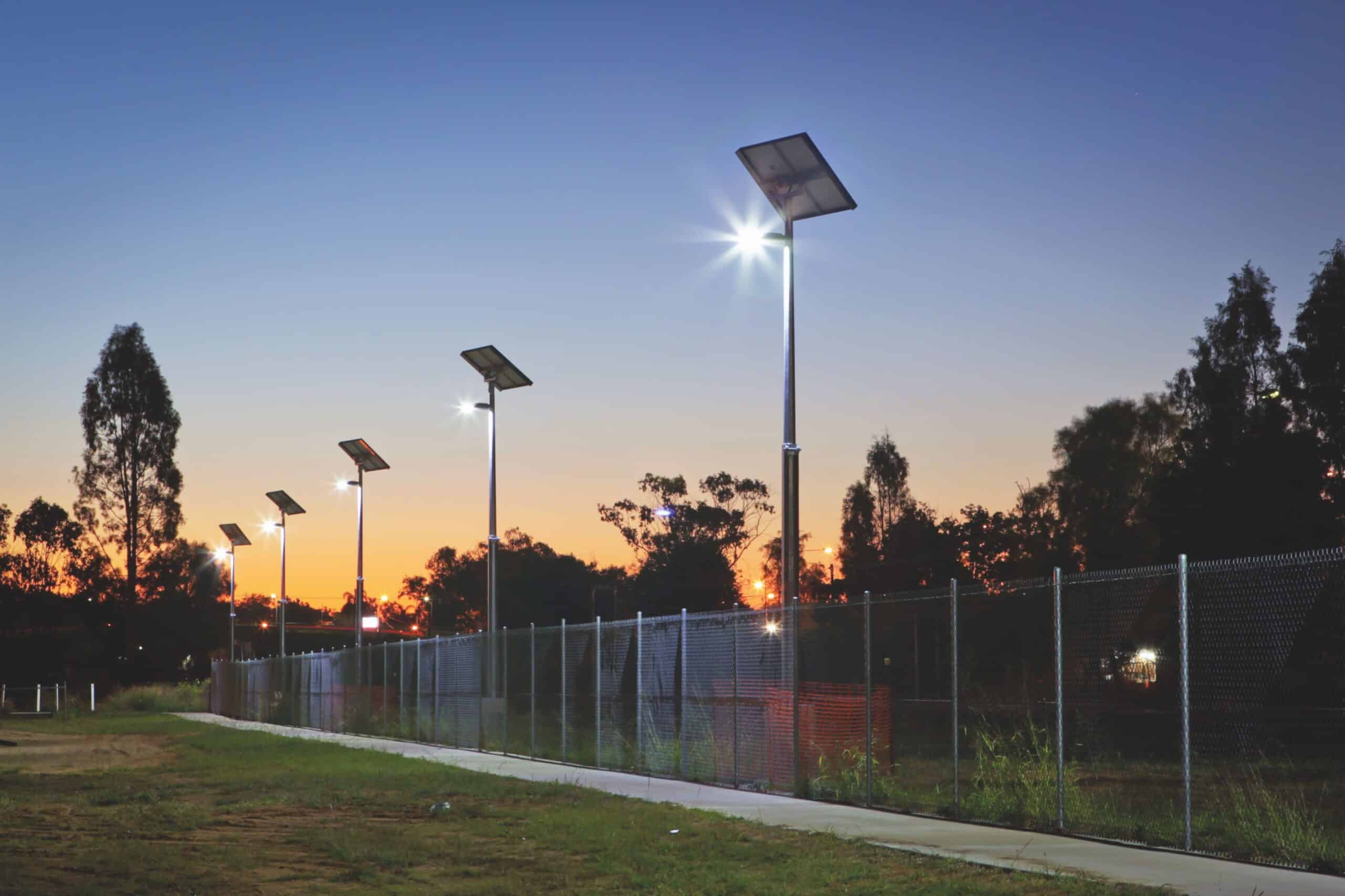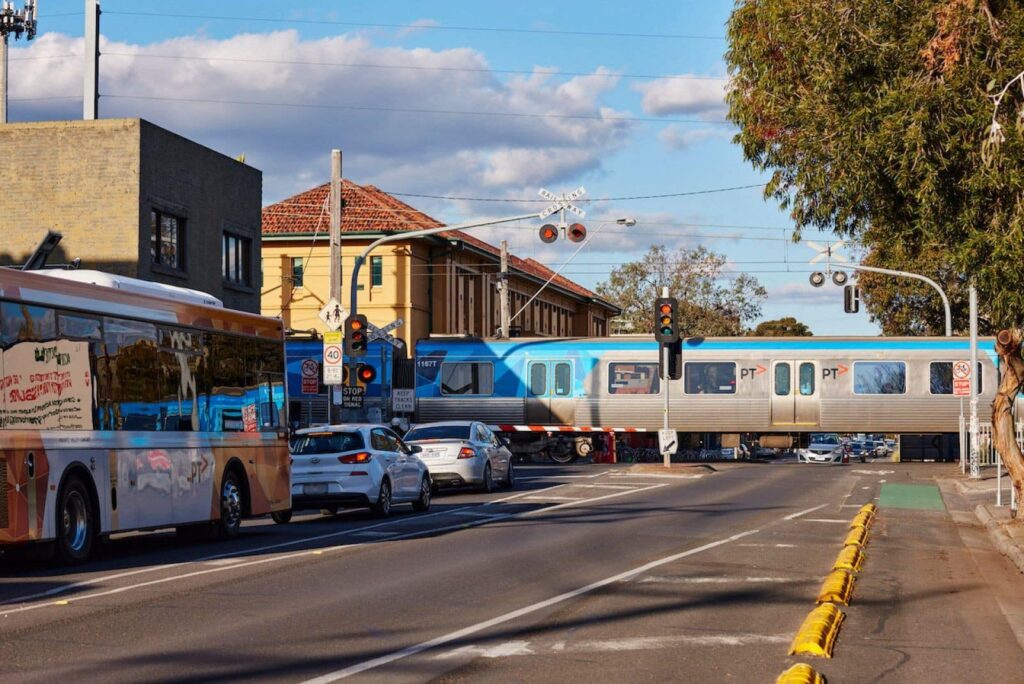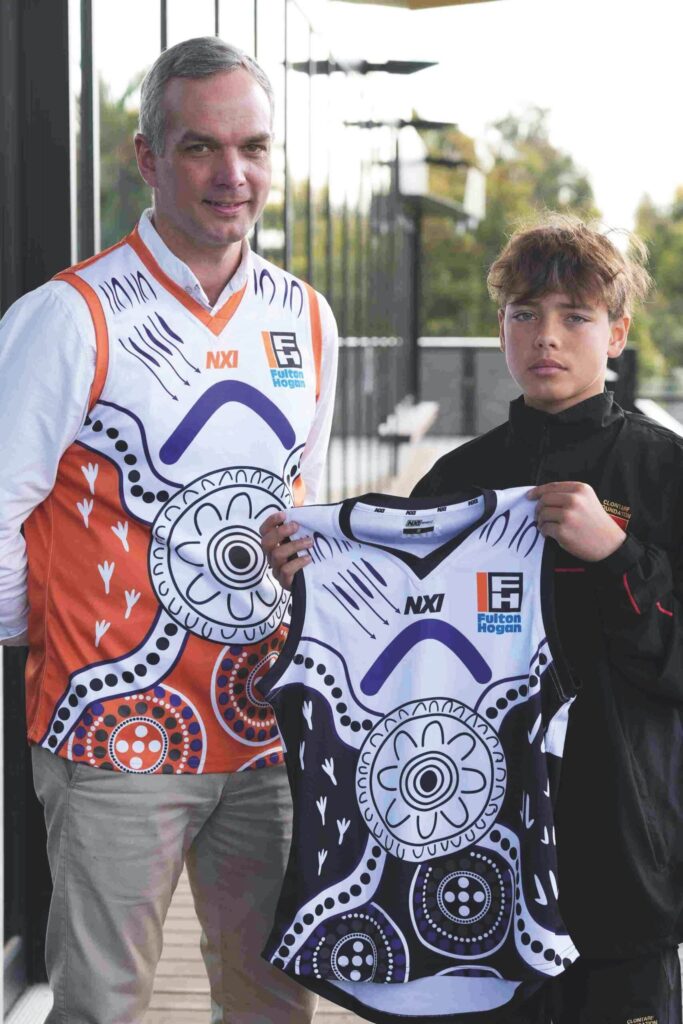Orca Solar: Lighting the way

This post was originally published on this site
Orca Solar Lighting is distinguishing itself as a premium provider of solar lighting solutions for the road and rail sectors. Jamie Janides, Orca Solar General Manager, takes Roads & Infrastructure Magazine through the company’s extensive portfolio.
Australian Defence Force, Rio Tinto, BHP and Fulton Hogan all share one thing in common. On top of being some of the most recognised and influential organisations in Australia and the world, all have benefitted from one of the fastest growing names in solar lighting.
Orca Solar Lighting opened its doors in 2007, with solar lighting being its sole focus from day one.
Jamie Janides, General Manager – Orca Solar, says this singular focus has enabled the company to establish long-term relationships with its clients, while improving and expanding its product range over time.
“We’re really proactive as a company and we can guarantee that our product works,” he says.
“We give autonomy where other products don’t. What that means to us is having a solar product that can work when there’s been four or five days without any sun, our products still operate fine.”

Orca Solar Lighting can deliver services for developments both large and small. Among its standout projects was its work on the Department of Defence’s Robertson Barracks in the Northern Territory – the largest solar lighting project in Australia’s history.
“Our larger products are assembled and manufactured in Australia and the batteries are made in New South Wales. We proudly manufacture a number of our major components in Australia,” Janides says.
One aspect that’s been a consistent and is largely responsible for the growth of Orca Solar Lighting’s service, has been its reliability.
Manufacturing its solar lighting systems locally is just one part of maintaining a reliable product and product pipeline, another is designing outstanding lighting outcomes.
While it may sound simple and obvious, small design tweaks here and there over the years have led to a suite of highly adaptable lighting solutions. As Janides explains.
“We’ve got a lot of support from suppliers, we’re compliant, we deliver on time and we’re reliable, that’s why people in the roads and infrastructure space use our products,” he says.
“Our solar panels aren’t just added to the top of the light. It’s independent of the luminaire, so we can tilt it towards the sun.”
Each project is treated individually, as such Orca Solar Lighting uses weather and solar radiation data, creating simulations that the company uses to make sure its lighting solutions can work, even when the sun isn’t shining.
One of the biggest benefits of Orca Solar’s systems is increasing security and reducing crime in isolated areas. It’s for this reason that Orca Solar Lighting has been selected to provide systems for use in areas such as train stations and other poorly lit public spaces.
Related stories:
Poor lighting in remote car parks, construction sites, parks and recreational areas can compromise security, increasing the risk of accidents and criminal activity.
Janides says a 2021 study published as part of the Journal of Quantitative Criminology tested the impact of improved outdoor lighting in 40 different locations.
Results of the study showed that communities that were assigned more lighting experienced sizeable reductions in nighttime outdoor index crimes.
There was also a large decline in arrests, indicating that deterrence is the most likely mechanism through which the intervention reduced crime.
Every single site is assessed and designed to make sure that such lighting can be strategically placed, to maximise exposure and safety.

It’s differentiators like this that have made Orca Solar Lighting a supplier for VicRoads, Transport and Main Roads (Queensland) and Main Roads (Western Australia) for both road and rail-related projects.
“We design every project differently,” Janides says.
“Our solution in Queensland will be a different solution to a product that’s being installed in Victoria, because the sun’s on a different plane.
“Some of our clients inspect every single light pole that we manufacture, they need to sign them off one by one. Our poles are engineered for the project at hand.”
Janides says Orca Solar Lighting also provides several battery options depending on the requirements and challenges presented by the project at hand.
“One battery doesn’t fit all,” he says. “For a site that doesn’t get much sun, like in Victoria, we base our product on having a four or five-day autonomy. We use Google Earth and sophisticated weather data, so at any time in Australia we know exactly where the sun is going to be.”
Having access to such information also allows the Orca Solar Lighting team to be well aware of potential challenges before arriving on site, increasing the efficiency of installation and reducing delays for the customer.
“Sometimes it can be difficult to get 240-volt power to certain locations, whether it’s cost related, a geographical challenge, or the project might be in a public space. Maybe there’s a main power grid under the road,” Janides says.
“Whatever it may be, we can find a way to supply the right solution. And a solution that works and will have at least 10 years battery life before it needs to be replaced.”
This article was originally published in the October edition of our magazine. To read the magazine, click here.
This article was originally published in the October edition of our magazine. To read the magazine, click here.
This article was originally published in the October edition of our magazine. To read the magazine, click here.
This article was originally published in the October edition of our magazine. To read the magazine, click here.
This article was originally published in the October edition of our magazine. To read the magazine, click here.
This article was originally published in the October edition of our magazine. To read the magazine, click here.
This article was originally published in the October edition of our magazine. To read the magazine, click here.
This article was originally published in the October edition of our magazine. To read the magazine, click here.
This article was originally published in the October edition of our magazine. To read the magazine, click here.
This article was originally published in the October edition of our magazine. To read the magazine, click here.
This article was originally published in the October edition of our magazine. To read the magazine, click here.
This article was originally published in the October edition of our magazine. To read the magazine, click here.
This article was originally published in the October edition of our magazine. To read the magazine, click here.
This article was originally published in the October edition of our magazine. To read the magazine, click here.
This article was originally published in the October edition of our magazine. To read the magazine, click here.
This article was originally published in the October edition of our magazine. To read the magazine, click here.
This article was originally published in the October edition of our magazine. To read the magazine, click here.
This article was originally published in the October edition of our magazine. To read the magazine, click here.
This article was originally published in the October edition of our magazine. To read the magazine, click here.
This article was originally published in the October edition of our magazine. To read the magazine, click here.
This article was originally published in the October edition of our magazine. To read the magazine, click here.
This article was originally published in the October edition of our magazine. To read the magazine, click here.
This article was originally published in the October edition of our magazine. To read the magazine, click here.
This article was originally published in the October edition of our magazine. To read the magazine, click here.
This article was originally published in the October edition of our magazine. To read the magazine, click here.
This article was originally published in the October edition of our magazine. To read the magazine, click here.
This article was originally published in the October edition of our magazine. To read the magazine, click here.
This article was originally published in the October edition of our magazine. To read the magazine, click here.
This article was originally published in the October edition of our magazine. To read the magazine, click here.
This article was originally published in the October edition of our magazine. To read the magazine, click here.
This article was originally published in the October edition of our magazine. To read the magazine, click here.
This article was originally published in the October edition of our magazine. To read the magazine, click here.
This article was originally published in the October edition of our magazine. To read the magazine, click here.
This article was originally published in the October edition of our magazine. To read the magazine, click here.
This article was originally published in the October edition of our magazine. To read the magazine, click here.
This article was originally published in the October edition of our magazine. To read the magazine, click here.




Responses